Knowledge is power: How the USSR promoted the sciences (PICS)
![Science and Communism are inseparable. October [1917] has opened the way to space](https://mf.b37mrtl.ru/rbthmedia/images/2019.01/original/5c373c0885600a4da61bfc36.jpg)
Science and Communism are inseparable. October [1917] has opened the way to space
V. KoretskyThe USSR had a cult of science, the prestige of which was exceptionally high, and scientists enjoyed great respect. This in large part owed to the fact that Marxism was the prevailing ideology of the Bolshevik state. Such an ideology was referred to as “scientific,” and Soviet universities even taught "Scientific Communism".

The pen of correspondence and the light of science unmask sectarian tricks!
Archive photoThe worldview of Soviet people was to be based on reason and science as opposed to religion, which predominated in Imperial Russia, with its appalling rate of illiteracy.

Glory to the workers of science and engineering
E. Solovyev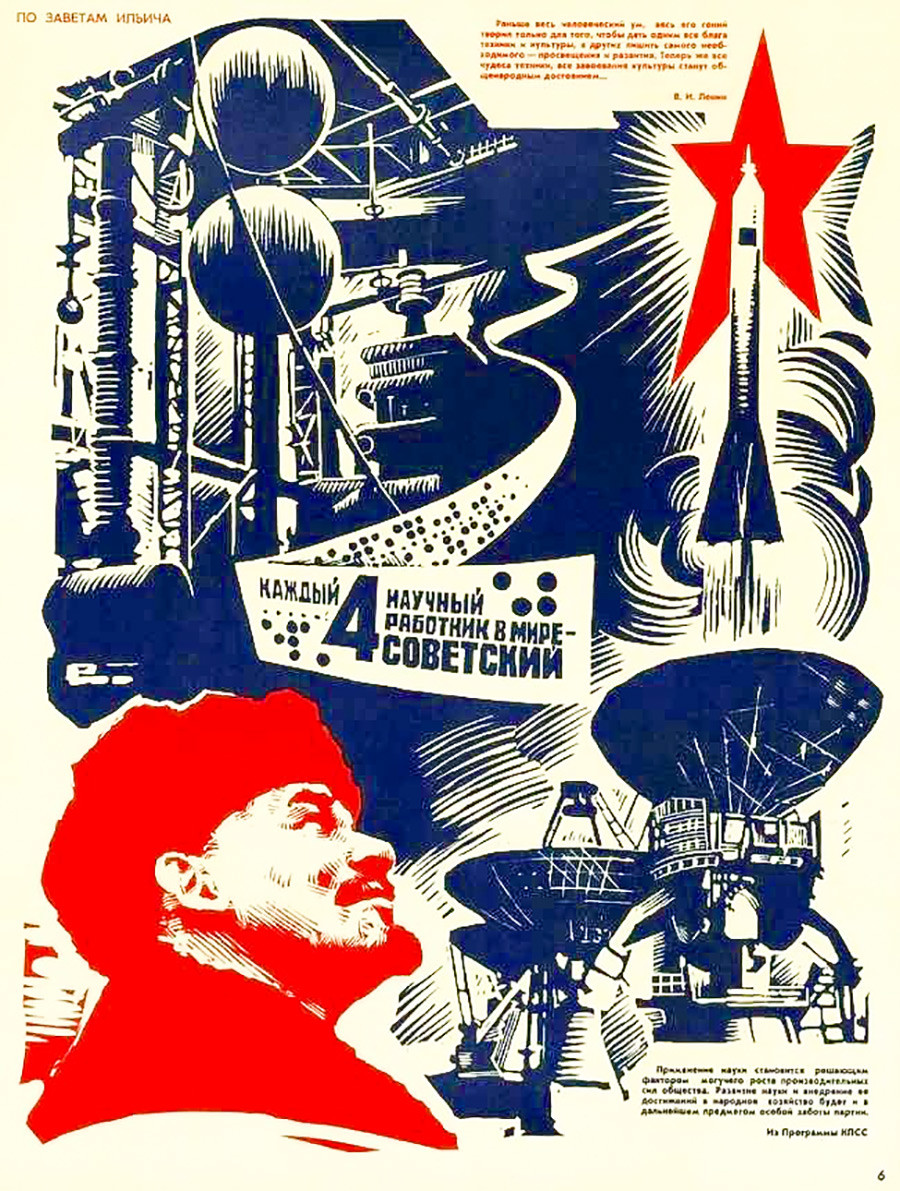
Every fourth scientific worker in the world is from the USSR
Archive photo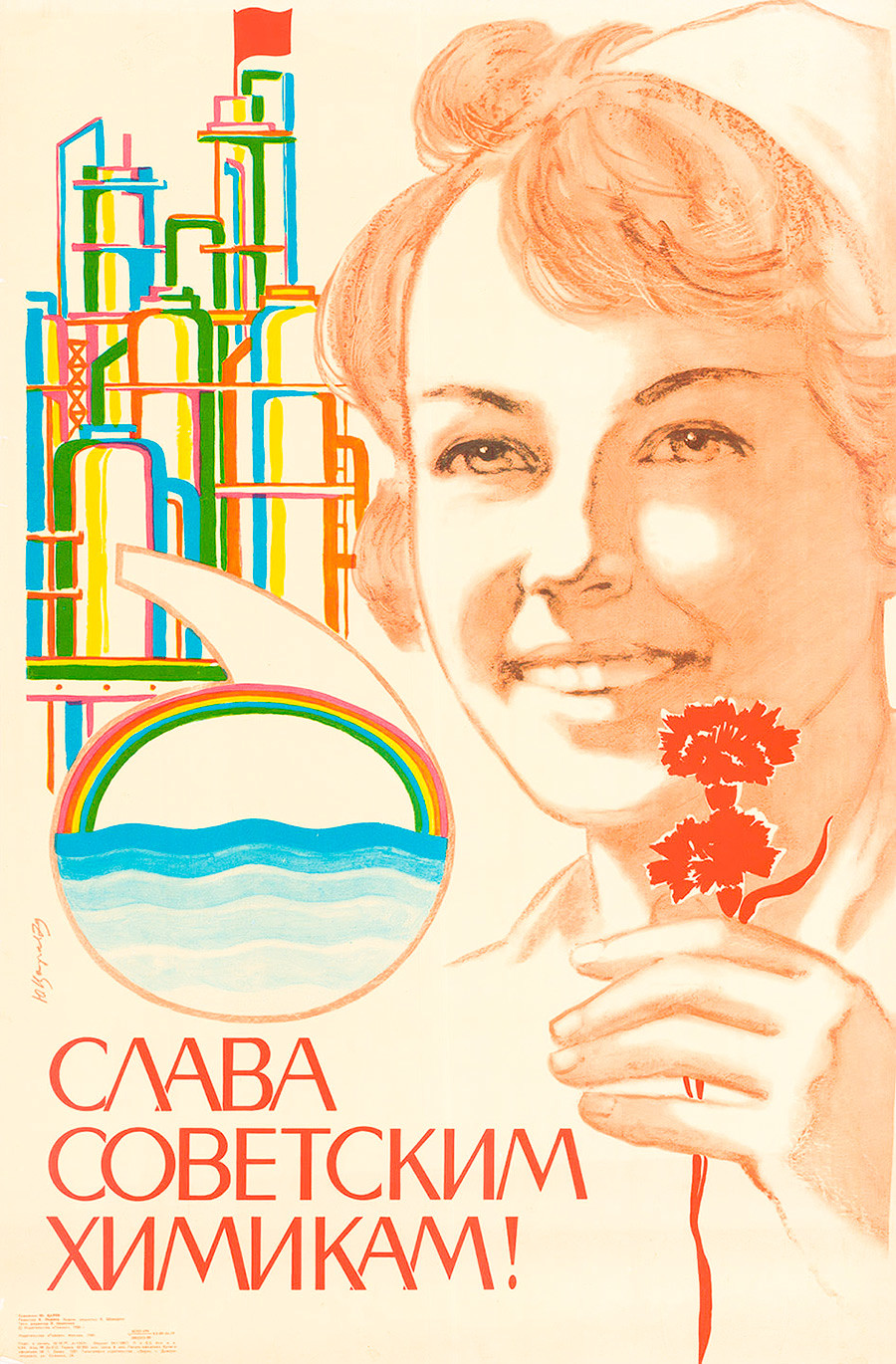
Glory to Soviet chemists!
Yu. Tsarev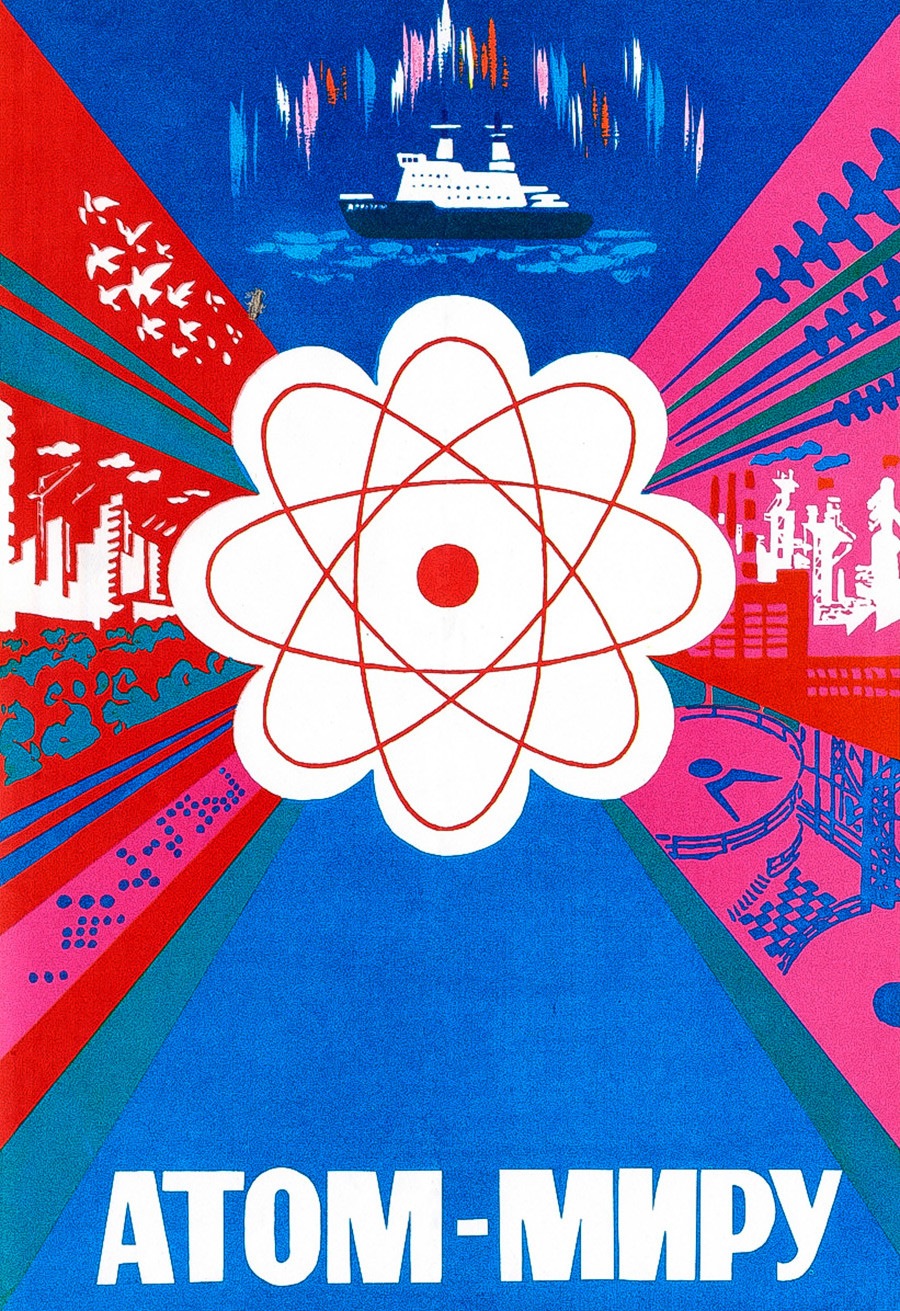
Atom – to the world!
L. Belsky, V. Potapov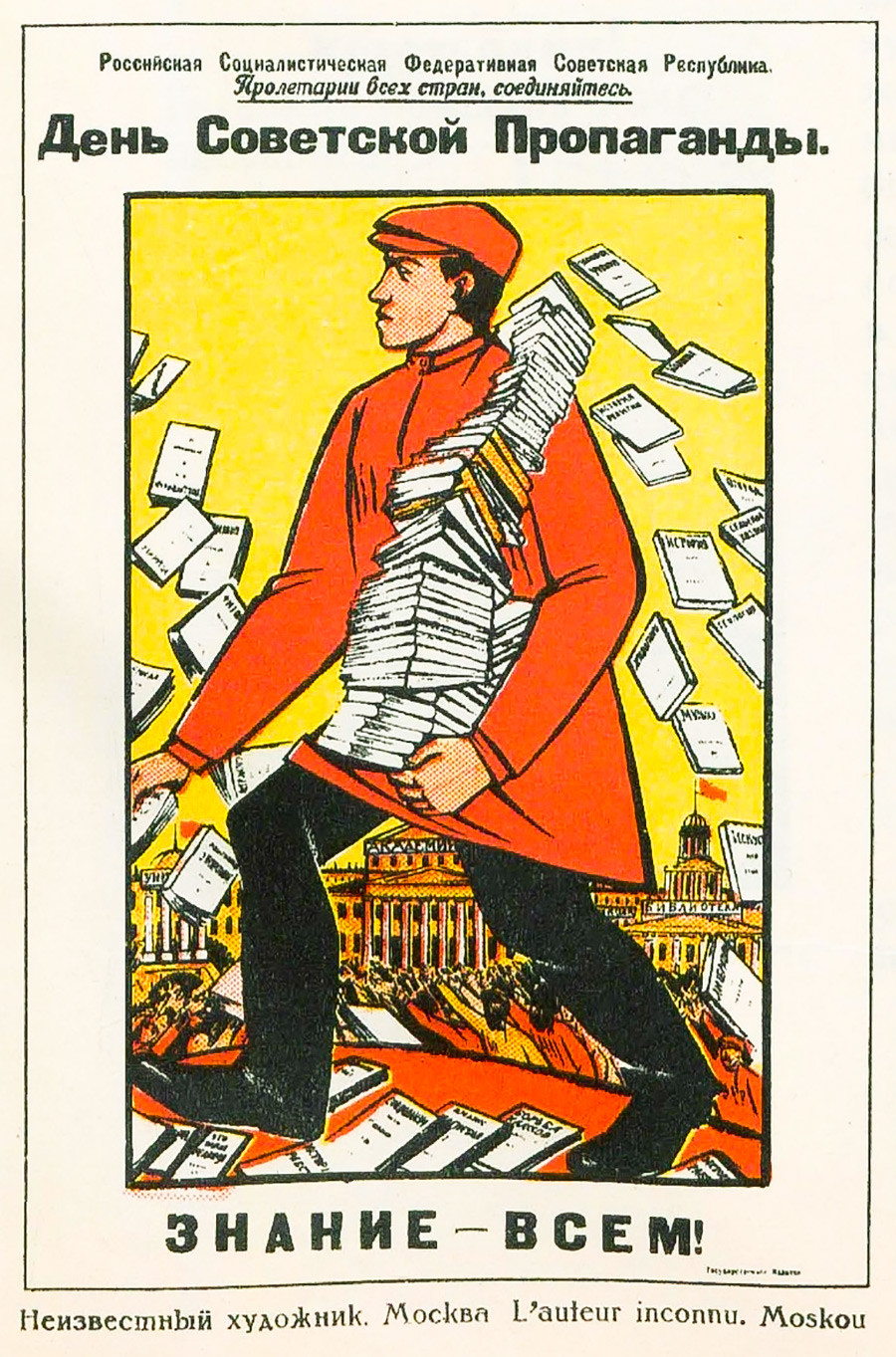
The day of Soviet propaganda. Knowledge – to everybody!
Archive photo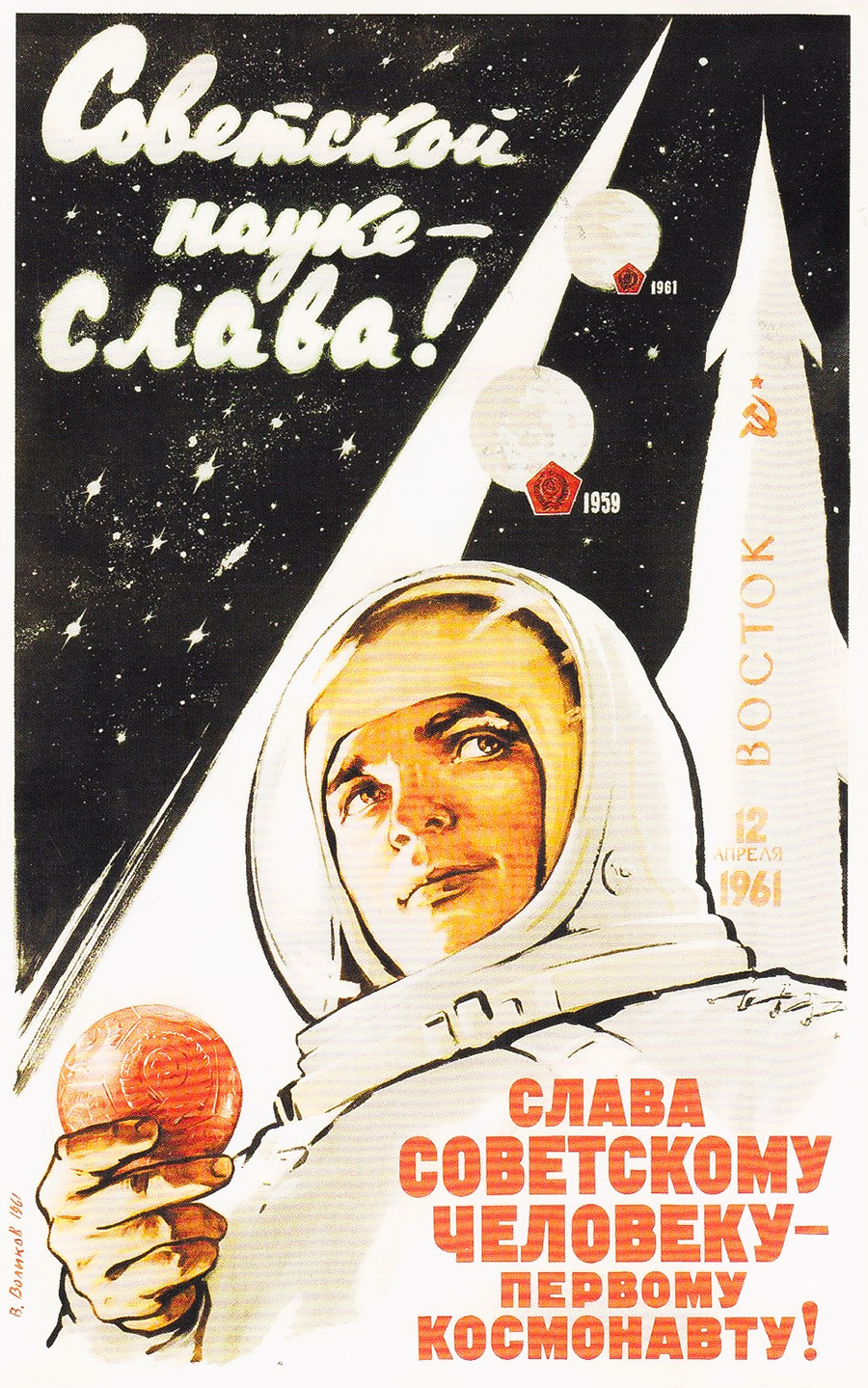
Glory to Soviet science! Glory to Soviet man – the first cosmonaut!
V. Volikov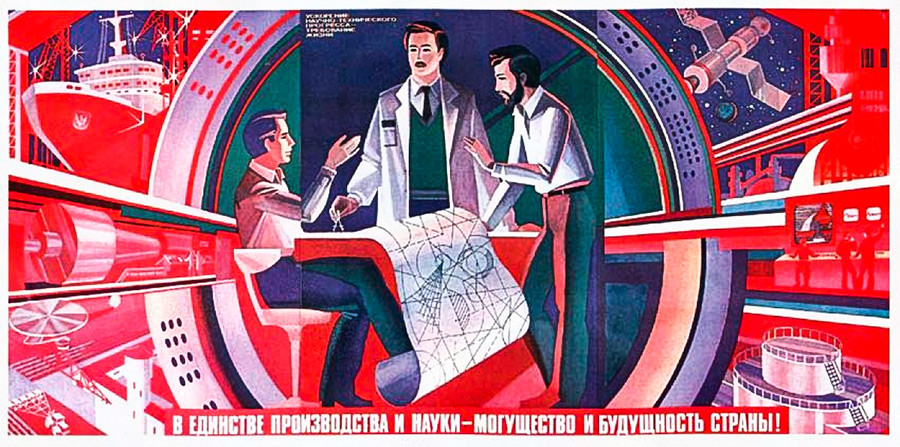
The power and future of the country lies is in the unity of production and science
Archive photoDespite the obvious scientific progress achieved, the highly-bureaucratic Soviet economy often could not properly develop the innovations produced by scientists, which was one of the main reasons for the Soviet economy's stagnation starting in the 1960s. Nevertheless, authorities relentlessly stressed the need for a link between science and industrial production.
If using any of Russia Beyond's content, partly or in full, always provide an active hyperlink to the original material.
Subscribe
to our newsletter!
Get the week's best stories straight to your inbox